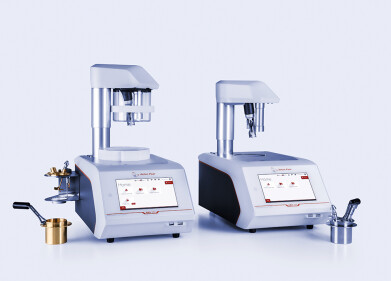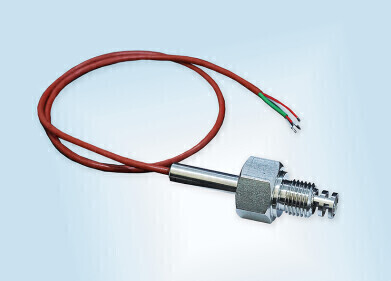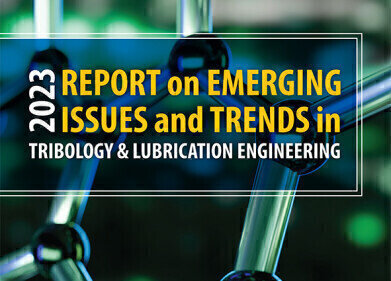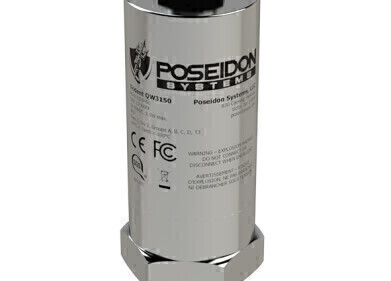Lubricant analysis
How Does Lubricant Formulation Work?
May 02 2021
From maximising efficiency in refineries to enhancing engine performance, lubricants play an important role in reducing mechanical friction and maintaining moving parts. The formulation process is complex and strategic, relying heavily on chemical calculations. Below, we dive into the specifics of lubricant formulation and the sophisticated methods and techniques used to manufacture specialised products.
A short history of lubricants
While lubricants are often considered a modern invention, the technology has been around for thousands of years. In fact, archaeologists identified calcium soaps on the wheel axles of chariots used in 1400 BC, suggesting engineers were no strangers to the benefits of lubrication. The Romans were also familiar with the concept, using olive oil and animal fats to manufacture lubricants. Technology advanced during the Industrial Revolution, with engineers forced to innovate with the introduction of metal-powered machinery. Today, most lubricants are oil based and made up of base stocks and additives.
-
Base oil
Most lubricants are made up of around 90% base oil, a component also known as base stocks. These are usually petroleum fractions, crude oil components that are isolated using fractional distillation. This advanced technique uses extreme temperatures to vaporise chemical compounds and force separation.
Most lubricants rely on just one base oil, though in some cases manufacturers may blend oils to improve performance. Mineral oils are derived from crude, while synthetic oils are manufactured using artificial hydrocarbons such as polyalpha-olefin (PAO), polyalkylene glycols (PAG), alkylated naphthalenes (AN) and silicate esters.
-
Additives
Additives usually make up less than 10% of total content, though this ratio can often climb to 20%. Despite the low content, additives are considered the “active ingredient” of lubricants and are used to enhance performance. For example, some additives actively reduce friction and wear, while others increase viscosity or boost resistance to corrosion and oxidation.
It’s not unusual for lubricants to contain more than 10 different additives when tested, each designed to enhance performance. Most additives can be classed into the following families, according to properties offered – pour point depressants, anti-foaming agents, viscosity index improvers (VIIs), antioxidants, detergents, corrosion inhibitors, anti-wear, extreme pressure and friction modifiers.
Depending on desired results, the base oils and additives used to manufacture lubricants must be carefully considered. Want to know more about how lubricant formulation works? Dr Eleanor Riches and Dr Caitlyn Da Costa discuss the topic further in ‘High Resolution MS and Statistical Analysis Approaches to Lubricant Formulation Research and Development.’
Digital Edition
PIN 25.6 Buyers' Guide
January 2025
Buyers' Guide Directory - Product Listings by Category - Suppliers Listings (A-Z) Articles Analytical Instrumentation - ASTM D7042: The Quantum Leap in Viscosity Testing Technology -...
View all digital editions
Events
Jan 20 2025 San Diego, CA, USA
Jan 22 2025 Tokyo, Japan
Jan 25 2025 San Diego, CA, USA
SPE Hydraulic Fracturing Technology Conference and Exhibition
Feb 04 2025 The Woodlands, TX, USA
Feb 05 2025 Guangzhou, China



















